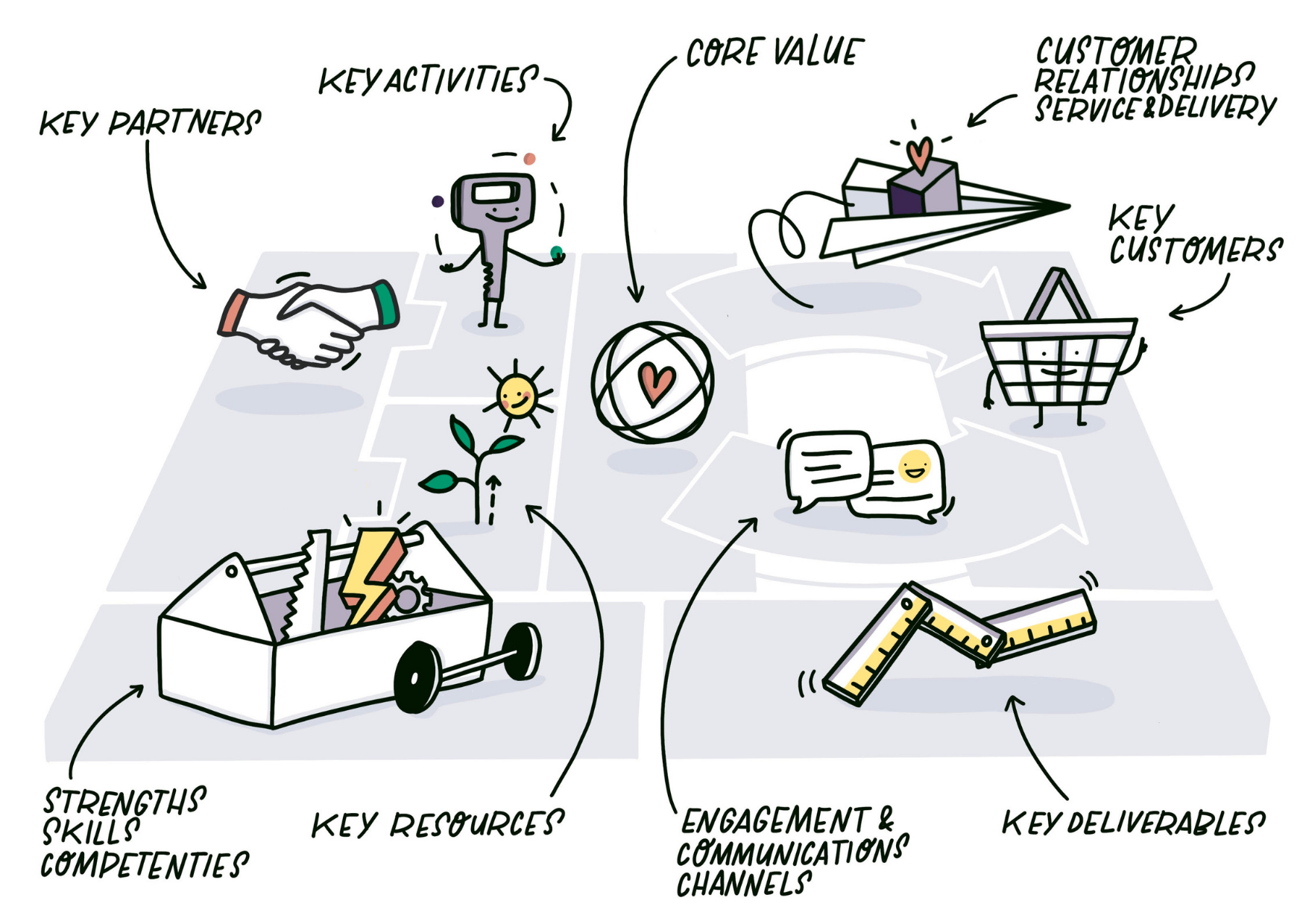If you asked me what job crafting was 18 months ago, I wouldn’t have been able to answer (think tumbleweed). Now, I believe it is a life skill that I will use for the rest of my career.
When it comes to job crafting, hearing how other people have crafted their job is a great way to learn. At Tailored Thinking we like to use the Learn, Live, Lead approach. First you learn about something (job crafting), then you live it (started job crafting my own career) and then you lead it (now helping deliver job crafting workshops/presentations).
I began my journey at Tailored Thinking as an apprentice and having learnt about job crafting I was encouraged to explore it.
In a recent check-in Rob and I sat down and reflected on my progress and career journey and it was only then I realised how much I had actually crafted my job and made it my own.
Sharing my experiences
By sharing examples of my experiences of job crafting, I hope it can inspire you to start making your job more personal to you like I have (you’re much more likely to value something if you have personalised it).
I’ve grouped my changes into 5 different categories which are aligned to the 5 main ways that we find people tend to job craft.
My original role: Content Developer (the title that was advertised).
My role now: Marketing & Engagement Officer (the title I gave myself).
The five ways I’ve crafted my job:
Purpose crafting
What is it? Purpose crafting is reframing how we think about our work. in general including the value and significance it brings to us personally and others.
How did I do it? The area of my role that I least enjoy is looking at analytics and metrics. However, this is something that I can’t get away from. After some thought about the task, I realised that without analysing the numbers I wasn’t able to measure my growth. I now look it as a way of evaluating my performance and to see how the business is growing and developing. Reframing how I think about this task has helped me do it with ease and satisfaction rather than dread.
Task crafting
What is it? Task crafting is tangibly changing aspects of how we undertake our work including designing, adding or removing tasks.
How did I do it? Something that matters to me is human connection. I thrive and work at my best when I’m in a team or around people. Rob and I both noticed this early on in my role so I asked to become more involved in the people/relationship side of the business. I’m now in 80% of the business meetings with new or existing clients. I help in workshops and lots of other things. This gives me energy in my job.
Skill crafting
What is it? Skill crafting is developing, refining and focusing on new skills.
How did I do it? A skill I have wanted to improve since starting in my role is writing. Writing is pivotal in my role, whether that be writing blogs (like this one) or tweets or emails. In order to skill craft I’ve challenged myself to write 10 blogs, to increase my confidence and to get in the habit of writing more. I’ve also sought help from coaches and mentors for additional tips and hints.
Wellbeing crafting
What is it? Wellbeing crafting is boosting our physical and mental health through the work we do.
How did I do it? My role is mostly working from home (my choice). Sometimes, especially during the pandemic, this could get a little lonely and I would lack motivation. I recognised this and found that getting outdoors every lunch time to walk my sausage dog Henry really energised me and enabled me to be more productive. I have now incorporated this into my daily routine and is something we (both) look forward to everyday.
Relationship crafting
What is it? Relationship crafting is shaping how we relate and engage with others, including building and adapting our relationship with co-workers.
How did I do it? One of the ways I have crafted my relationships at Tailored Thinking is becoming actively involved with our clients. For example, being first point of contact, interacting on social media and having zoom calls or meeting for coffee (if I’m lucky). This has created some great new connections for me and I get to be social and meet new people.
Job crafting is a skill that I think everyone should know about and have the opportunity to explore. We all benefit when there is a better fit between us as individuals and the work we do.
If you want to start crafting your job my advice would be:
Select an area of job crafting to focus on (1 of the 5 I describe above)
Start small and then build your way up (think about something that you can do that won’t take a lot of energy or time to do)
Find something that you either love or loathe about your job and see if you can do more or less of this activity. You can even reframe how you think about it (for me I have dialled up my interactions with others and opportunities for getting outside).
Visit the job crafting pages of our website for more hints and tips about job crafting.


































